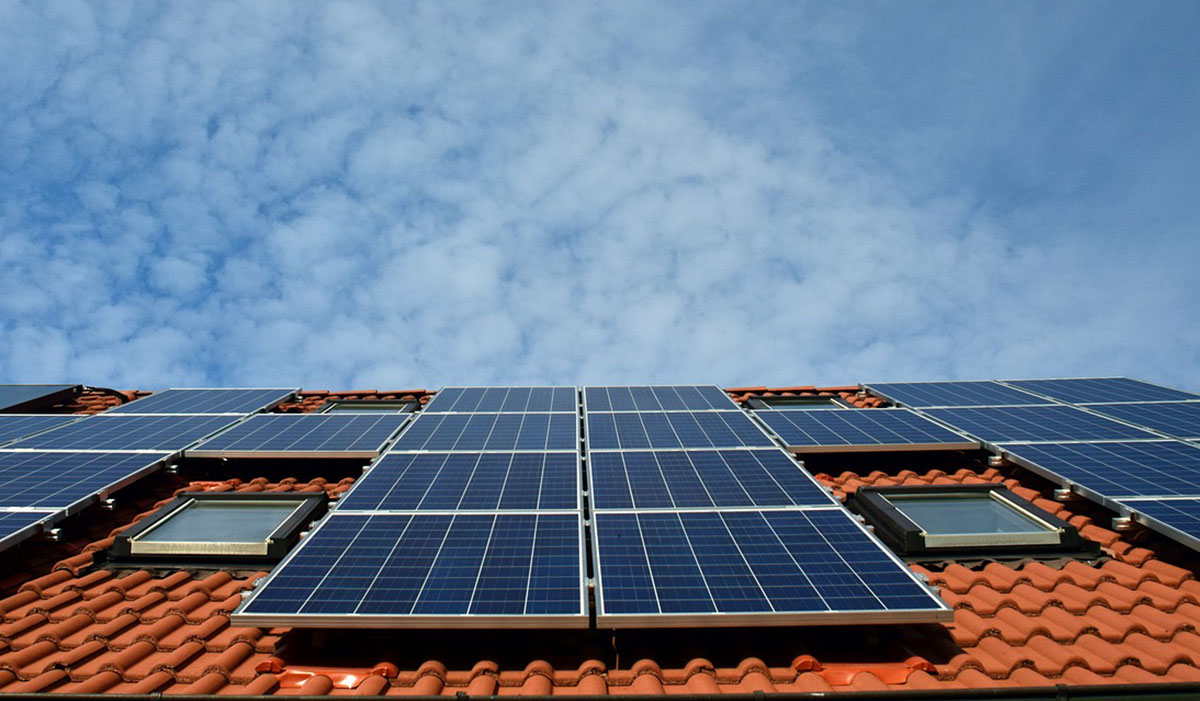
But the last few years have also seen a surge in the market for so-called “home batteries,” which allow households to efficiently reduce electricity costs by leveraging off-peak power and storing excess solar power during daytime hours.
Driven by decreasing technology costs, increasing electricity rates and enhanced government incentives, Europe's residential storage capacity is forecasted by Wood Mackenzie to grow fivefold by 2024. Despite the booming sector, there is still a massive untapped market share for investors, with only 7% of European residential PV being coupled with battery storage. So it should come as no surprise that battery producers like Tesla, traditional energy companies like Shell, as well as suppliers of conventional generators such as Generac are all jumping into this lucrative market.
Today, the ramped up investments are also pushing the boundaries for innovation in residential battery storage. Here are some other innovations in the residential battery space:
The first smart electric heater with an integrated battery that helps monitor energy consumption is gaining traction. The product is a brainchild of the French energy storage company Lancey, and is designed to reduce energy consumption and connect to solar panels.
The Australian-based university spin-off LAVO recently announced that its hydrogen-based residential energy storage system is now ‘commercially-ready’ and will soon start taking its first orders. Developed by researchers at the University of New South Wales, the device uses compressed hydrogen as the main medium for energy storage — offering three times the amount of energy storage compared to others of similar size, as well as double the operational life.
(credit: LAVO)
Beyond the development of new battery technologies, there are also new innovations emerging that optimize energy use, including battery storage solutions. ENGIE’s Tiko platformoptimizes control of domestic energy consumption by connecting residentialelectrical equipment such as water-heaters, heat pumps, solar panels and battery storage.